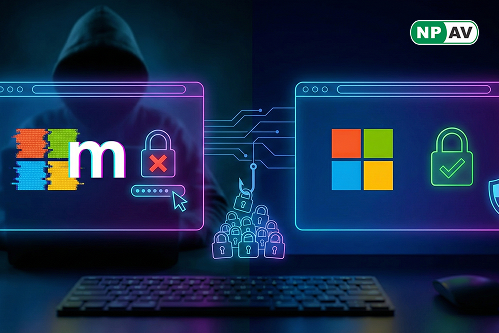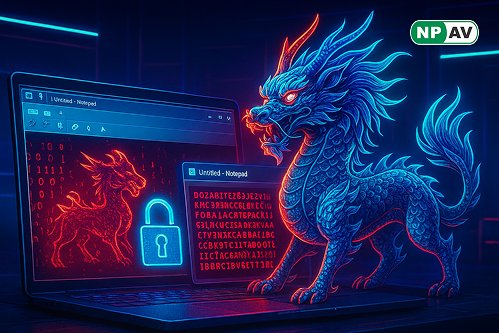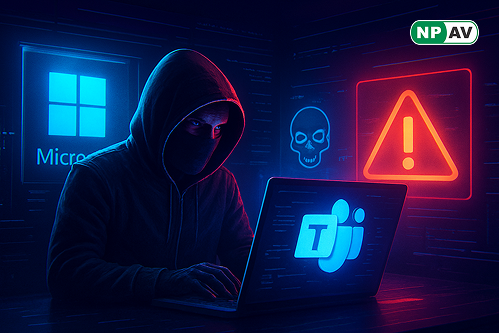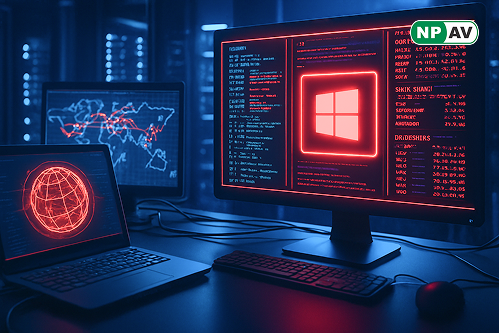Microsoft
-
Read moreDiscover how hackers use 'rn' instead of 'm' in fake Microsoft domains to steal logins via phishing. Learn common typosquatting tricks and how to stay safe online.
-
Read moreQilin ransomware uses Windows tools to steal data—learn about its tactics, targets, and defenses like monitoring and segmentation to protect against this growing threat.
-
Read moreMicrosoft's report shows AI boosting phishing success to 54% click-through—learn about ClickFix trends, nation-state AI use, and defenses like MFA to protect against evolving cyber attacks.
-
Read moreMicrosoft's report shows AI helping hackers with malware and phishing—learn about the 32% identity attack surge, ransomware risks, and simple defenses like MFA to protect your data from evolving threats.
-
Read moreAttackers use zero-day in Edge's IE Mode Chakra engine to trick users into legacy reloads, enabling RCE and SYSTEM access for malware. Microsoft disabled easy triggers—configure manually via Settings, migrate from IE, and prioritize modern web standards to stay secure.
-
Posted: October 08, 2025Views: 22Read moreMicrosoft alerts on cybercriminals and state actors abusing Teams' messaging, calls, and sharing for full attack lifecycle—from reconnaissance with TeamsEnum to exfiltration via GraphRunner and extortion by Octo Tempest. Harden identities, monitor anomalies, and train users to mitigate.
-
Read moreMicrosoft’s September 2025 Patch Tuesday addresses 81 security flaws, including two publicly disclosed zero-day vulnerabilities in SMB Server and Microsoft SQL Server. Learn about critical updates and other vendor patches.
-
Read moreCybercriminals use a fake Microsoft Teams download site to distribute the Odyssey macOS stealer, stealing credentials, crypto wallets, and sensitive data. Learn how to protect your Mac.
-
Read moreA large-scale scanning campaign is targeting Microsoft Remote Desktop Protocol (RDP) services, utilizing over 30,000 unique IP addresses. Learn about the attack's methodology and implications for credential-based attacks.















